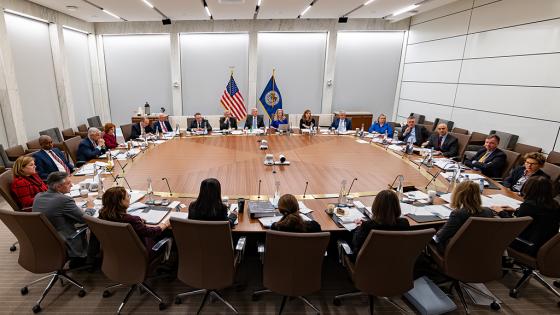The economy is barely muddling through. While some of this is unavoidable given the magnitude of the financial shock that is slowly working its way out of the system, macro-policy still has an important role to play in preventing a relapse. Unfortunately, the Federal Reserve has the resources but not the instruments, while the US Treasury has the policy instruments but not the resources. It stands to reason that what we need is a transfer from the Fed to the Treasury.
This is not a step to be taken lightly, as much of the progress in central banking over the last few decades has been aimed at giving central banks independence from hungry executive branches. However, all good systems need escape clauses if they are to be preserved as the anchor for daily policy concerns. Moreover, the Chairman of the Fed should have the final, and perhaps the first, word over this matter.
Isn't quantitative easing just such policy? Not quite. Quantitative easing, when directed to Treasuries, adds a little bit of good to the mix by lowering the cost of funding public debt, and it also helps a little bit with the long-run cost of capital for the private sector. But these are second-order effects; the Treasury still increases public debt at a fast pace, and a slightly lower cost of capital doesn’t much help the private sector if aggregate demand is not there to buy the goods in the first place.
Cutting taxes without raising public debt
Instead, what we need is a fiscal expansion (e.g. a temporary and large cut of sales taxes) that does not raise public debt in equal amount. This can be done with a “helicopter drop” targeted at the Treasury. That is, a monetary gift from the Fed to the Treasury.
Critics may argue that this is simply voodoo accounting, as it is still the case that the consolidated balance sheet of the government, which includes the Fed, has incurred a liability. But this argument misses the point that the economy is in liquidity-trap range, and once this happens the system becomes willing to absorb unlimited amounts of money. In this context, by changing the composition of the liabilities of the consolidated public sector in the direction of money, the government gets a sort of “free lunch.”
Critics can also argue that even if the above logic holds during a liquidity trap, things can get quickly out of control once we are out of it. I counter that this can be solved by having Fed mechanisms ready for a quick drainage once the economy is out the woods (the Fed has already been working on the design of these mechanisms) and by adding a contingency to the helicopter gift. For example, the Treasury could commit to transfer resources back to the Fed once the economy returns to full employment.
From the point of view of public debt stability, the scenario to be concerned with is a combination of large fiscal deficits with stagnation. By making public debt contingent on the end of stagnation, this dreaded scenario is averted. And by having this contingent debt being held by the Fed, there is the added benefit that the ineffectiveness of monetary policy in the neighbourhood of a liquidity trap is turned on its head by acting instead as fiscal policy.



